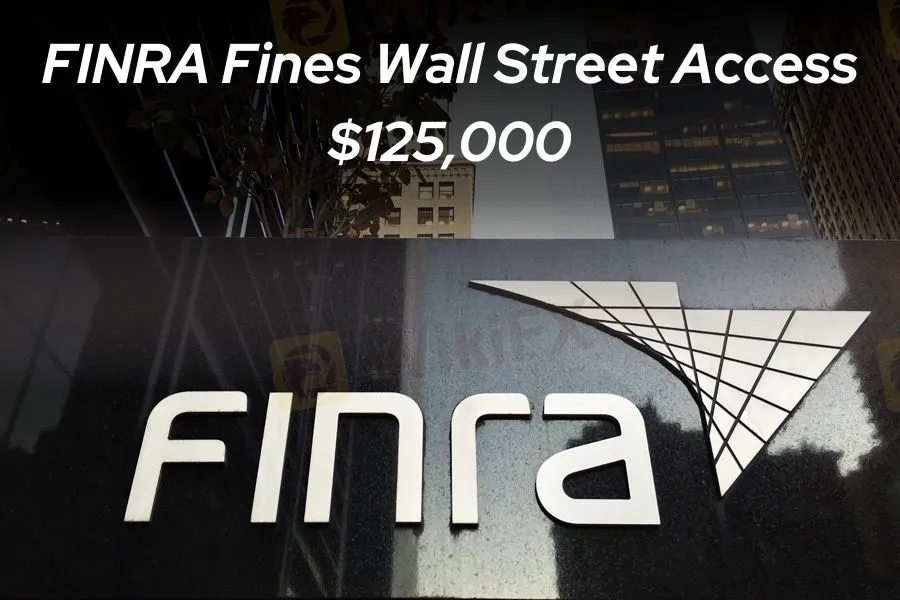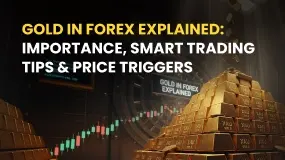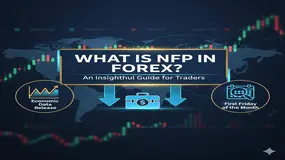简体中文
繁體中文
English
Pусский
日本語
ภาษาไทย
Tiếng Việt
Bahasa Indonesia
Español
हिन्दी
Filippiiniläinen
Français
Deutsch
Português
Türkçe
한국어
العربية
FINRA Fines Wall Street Access $125,000
Abstract:Wall Street Access (WABR) has recently agreed to pay a fine as part of a settlement with FINRA.
Wall Street Access (WABR), a member of the Financial Industry Regulatory Authority (FINRA) since 1981, has recently agreed to pay a fine as part of a settlement with FINRA.

Between October 2019 and April 2021, Wall Street Access violated Rule 611(c) of Regulation National Market System (NMS) and FINRA Rule 2010. The firm failed to take reasonable steps to ensure that the ISOs it routed to certain market centers met the regulatory requirements for such orders. ISOs are designed to allow traders to execute transactions across multiple trading venues while bypassing certain price protection rules, making them a critical tool for maintaining market efficiency. However, improper handling of ISOs can lead to trade-throughs, which occur when a trade is executed at a price worse than the best available price.

In addition to ISO-related violations, Wall Street Access failed to establish and maintain an adequate supervisory system, including written supervisory procedures (WSPs), as required by Rule 611(a) of Regulation NMS and FINRA Rules 3110 and 2010. A robust supervisory system is crucial for preventing regulatory breaches, particularly in high-stakes trading environments. The firms shortcomings in this area not only exposed it to regulatory risk but also highlighted systemic weaknesses in its compliance infrastructure.

To resolve the matter, Wall Street Access agreed to a settlement that includes a censure and a $125,000 fine. Of this amount, $24,563.18 will be paid to FINRA, while the remaining balance will be distributed among various market centers, including the Cboe BYX Exchange, Cboe BZX Exchange, Cboe EDGA Exchange, Cboe EDGX Exchange, Investors Exchange, New York Stock Exchange LLC, NYSE Arca, and NYSE American LLC. This financial penalty serves as a reminder of the significant costs associated with regulatory non-compliance.
Disclaimer:
The views in this article only represent the author's personal views, and do not constitute investment advice on this platform. This platform does not guarantee the accuracy, completeness and timeliness of the information in the article, and will not be liable for any loss caused by the use of or reliance on the information in the article.
Read more

Gold in Forex Explained: Importance, Smart Trading Tips & Price Triggers
Gold is represented by the XAU/USD pair in the global forex market, reflecting the value of one ounce of gold against the US dollar. Here, XAU represents gold, while USD is obviously the US dollar. Gold acts as a commodity, and the dollar remains the primary currency in this pair. Forex traders use this pair to trade and invest in gold price fluctuations.

What is NFP in Forex? An Insightful Guide for Traders
The Non-farm Payroll (NFP) report may be for the US. However, the report, which is issued every month, impacts the forex market globally. The monthly report estimates the number of jobs gained in the US in the previous month. The job numbers stated on this report exclude those of farms, private households, and non-profit organizations. Usually released on the first Friday of the month, the report also includes the US unemployment rate, average hourly earnings, and participation rate. In this article, we have answered the question - what is NFP in forex - and shared other pertinent details. Read on!

US Federal Reserve May Cut Interest Rates in September, Says Goldman Sachs
US Federal Reserve Chair Jerome Powell may slash the policy rate in September 2025, according to research economists at Goldman Sachs. Read this to learn more.

Forex Interbank Rate & How It Influences Your Trading
A forex interbank rate is nothing but the wholesale currency exchange rate that banks and other major financial institutions use to trade currencies among themselves. Read more about it.
WikiFX Broker
Latest News
UAE Launches Sixth 'Caution' Campaign to Combat Forex and Online Investment Fraud
US and UK Sanction Cambodia-Based Prince Group Over $16B Scam
David Stockman On How The Fed's Money Printing Broke American Industry... And What Comes Next
Forex24 Faces CySEC Fine for Late Compliance Filing
"Our Business Has Died": Texas Services Sector Sentiment Slumps Further In October
One Wrong Move Wiped Out a Government Retiree’s Lifetime Savings
D Prime to Exit Limassol Office Amid Doo Group Restructure
OctaFX Forex Brokerage $318 million Fraud Case in India: Authorities Arrest Pavel Prozorov!
How Filipinos Can Recover Funds from Crypto Scams Abroad
Top Tips to Avoid Forex Margin Calls and Protect Your Capital
Currency Calculator



